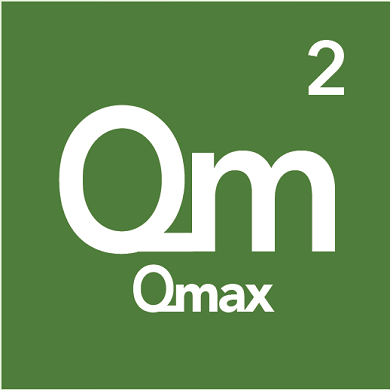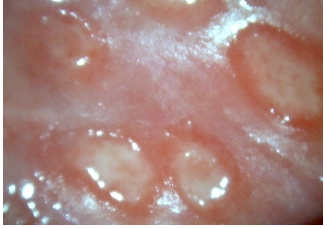Check out today’s Step 2 CK Qmax Question Challenge.
Know the answer? Post it in the comments below! Don’t forget to check back for an update with the correct answer and explanation (we’ll post it in the comments section below).
An 18-month-old boy is brought to the emergency department (ED) by a fire and rescue team because he was turning blue and rhythmically shaking his extremities. The episode lasted for about 2 minutes and stopped without intervention prior to paramedics arriving on the scene. He had no history of head trauma. He has been well, although his twin sister had a fever of 39.4°C (103.0°F) 5 days ago and now has a rash over her entire body. There is no family history of seizures. In the ED he is febrile to 40°C (104°F), with a respiratory rate of 26/min, blood pressure of 80/38 mm Hg, and heart rate of 84/min. He is tired but otherwise well appearing, his mucous membranes are moist, and there is no nuchal rigidity or focal neurologic signs.
How should the physician counsel the parents?
A. The child has a 10% risk of developing epilepsy
B. The child is at no increased risk of having another seizure
C. There is a 15% risk that the child will have a developmental delay
D. There is a 30% chance that the child will have another febrile seizure
E. There is a 75% chance that the child will have another febrile seizure
———————–
Want to know the ‘bottom line?’ Purchase a USMLE-Rx Subscription and get many more features, more questions, and passages from First Aid, including images, references, and other facts relevant to this question.
This practice question is an actual question from the USMLE-Rx Step 2 CK test bank. Get more Step 2 CK study help atUSMLE-Rx.com.





D not sure tho
B
D
The chance for developing Epilepsy is similar to general population (#3%)
B
D
I don’t think it’s B because having one episode of a febrile seizure increases the risk of having another.
B
febrile seizures that have no risk
The correct answer is D. This child had a simple febrile seizure likely triggered by the fever associated with infection with human herpes virus-6 (roseola infantum), which typically presents with a high fever and is followed by a diffuse maculopapular rash. Simple febrile seizures occur in children between 6 months and 6 years of age, usually in the setting of a viral or bacterial infection or postvaccination, and often with body temperatures of 38.9°C (102°F) or higher. Simple febrile seizures are nonfocal and typically last <15 minutes. Most simple febrile seizures last less than 5 minutes and do not recur during a 24-hour period. Approximately 30% of children with simple febrile seizures will have a subsequent febrile seizure, especially those children 15 minutes. They can be clustered with a total duration of <30 minutes and have focal neurologic deficits.
B is not correct. After a single episode of febrile seizure, a child is at higher risk for developing subsequent episodes of febrile seizure when compared to children who have never experienced a febrile seizure.
C is not correct. Febrile seizures do not cause mental retardation or developmental delays.
E is not correct. Although a single episode of febrile seizure places a child at a higher risk for developing subsequent episodes of febrile seizure when compared to children who have never experienced a febrile seizure, a child will actually develop subsequent febrile seizures only about 30% of the time.
Thank you for explanation .